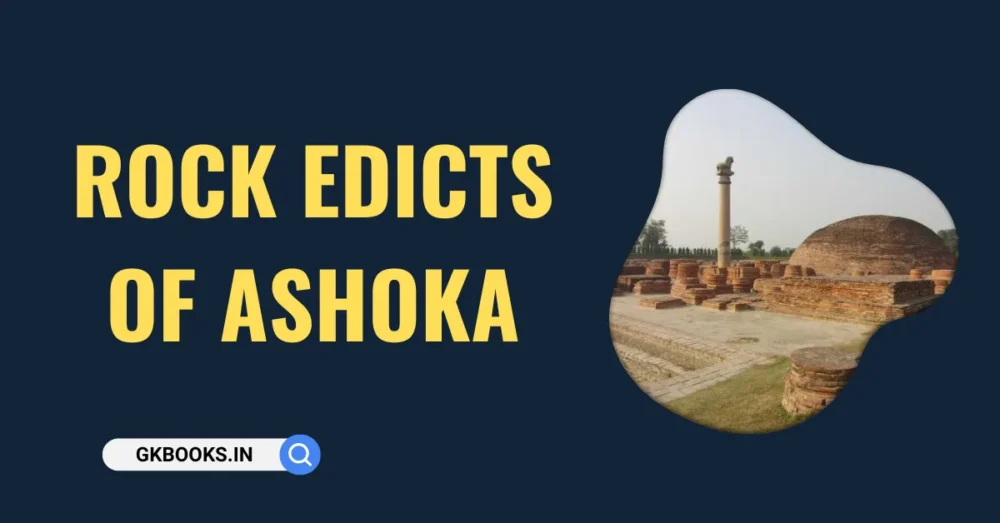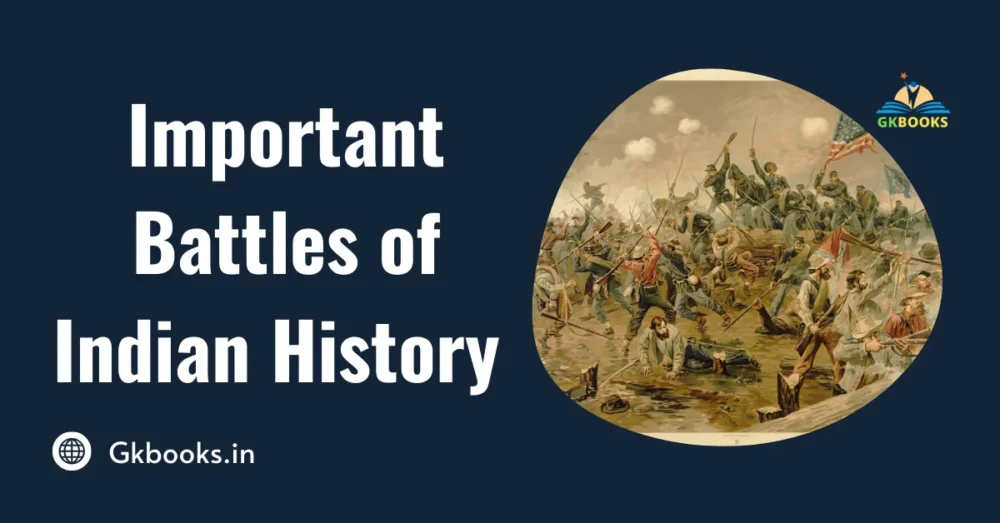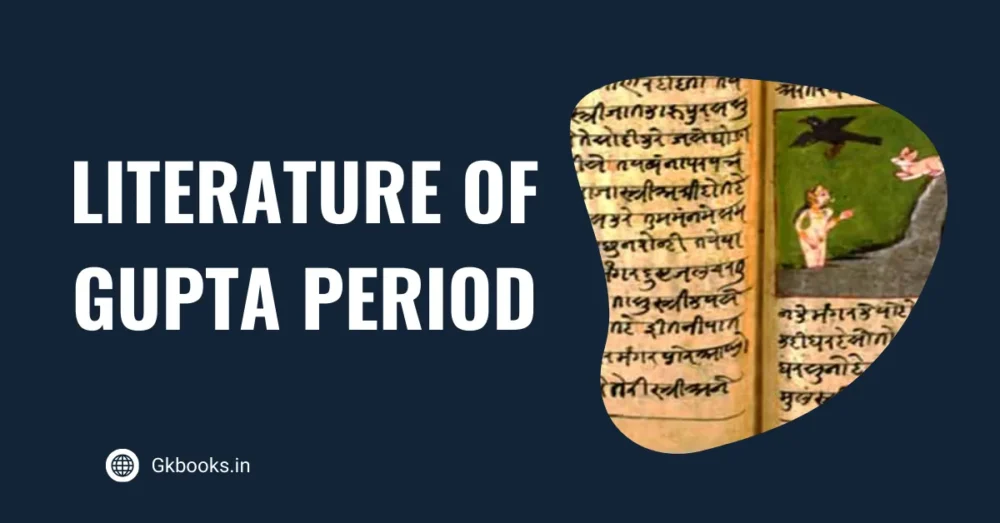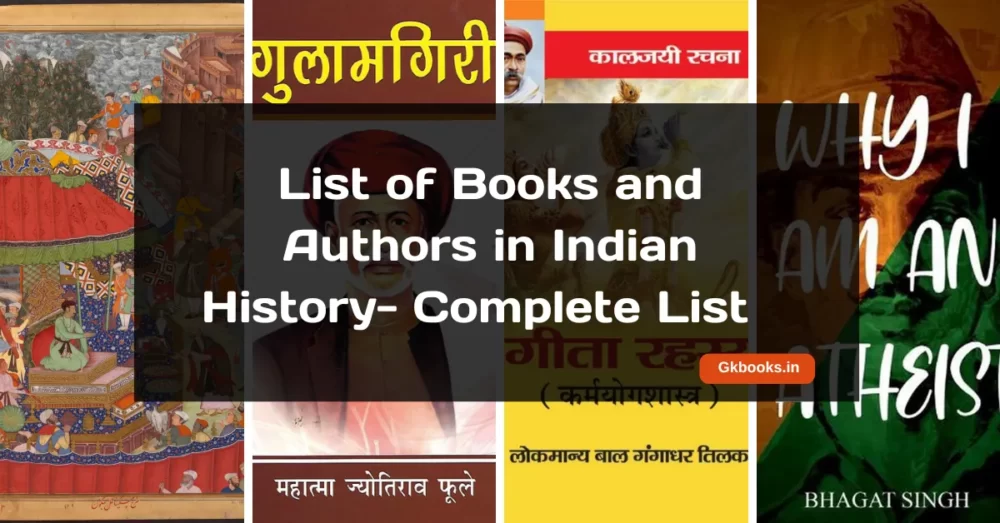Ashoka’s edicts are a collection of 33 inscriptions carved on rocks and pillars by the great Mauryan emperor Ashoka, who reigned from 268 BCE to 232 BCE. These inscriptions served as public announcements, where the emperor shared his thoughts on governance, morality, and the concept of dhamma (righteous living).
These proclamations were spread across regions that now include Afghanistan, Pakistan, India, Nepal, and Bangladesh. Most of the edicts were written in the Prakrit language, making them accessible to the common people of that time. These inscriptions also hold great significance, as they are among the first tangible pieces of evidence linking Buddhism to the Indian subcontinent.

Ashoka’s edicts not only highlight his commitment to moral governance but also offer invaluable insights into the spread of Buddhism and his efforts to promote ethical conduct and compassion among his subjects.
Edicts of Ashoka: Types of Inscriptions
- In 1837, James Princep made history by deciphering the Ashokan inscriptions for the first time.
- This breakthrough allowed scholars to understand and interpret the emperor’s messages, revealing much about ancient Indian society, religion, and governance.
- These edicts are categorized based on the surfaces on which they were inscribed.
- There are four main types of Ashoka edicts:
- Pillar Edicts
- Rock Edicts
- Cave Inscriptions
- Minor Edicts
Each type provides a unique window into Ashoka’s reign, offering guidance on moral conduct, governance, and the promotion of dhamma.
Major Rock Edicts
- The Major Rock Edicts of Ashoka reflect his profound vision for a peaceful and harmonious society, grounded in the principles of dhamma (righteous living).
- These edicts provide detailed guidance on living a life of non-violence, compassion, and moral uprightness.
- There are 14 Major Rock Edicts, which are extensive and carefully inscribed on large rocks.
- However, one exception stands out— the Kandahar Greek Edict of Ashoka, which was not inscribed on a rock but has still been crucial in understanding the emperor’s messages.
- Ashoka strategically placed these edicts on the frontiers of his empire, marking the boundaries of his rule while sharing his moral teachings with those at the periphery of his vast kingdom.
14 Major Rock Edicts of Ashoka
| Edict Number | Major Features |
|---|---|
| I | Prohibits animal slaughter, bans festive gatherings |
| II | Mentions South Indian kingdoms, deals with social welfare measures |
| III | Liberty to Brahmanas, Yukatas, Pradesikas, Rajukas visit all areas |
| IV | Preference of Dhammaghosa over Berighosa, the impact of Dhamma on society |
| V | Humane treatment of slaves, the appointment of Dhamma Mahamatras |
| VI | Welfare measures, king’s wish to know about people’s condition |
| VII | Tolerance towards all religions and sects |
| VIII | Ashoka’s visit to Bodh Gaya, maintaining contact with rural people via Dharmayatras |
| IX | Stresses on the moral conduct of people, avoiding expensive ceremonies |
| X | Condemns the desire for fame and glory |
| XI | Elaborate explanation of Dhamma |
| XII | Appeal for developing tolerance towards all religious sects |
| XIII | Explains about Kalinga war and conquest through dhamma |
| XIV | Deals with the purpose of engraving inscriptions in various parts of the country |
Major Rock Edicts of Ashoka with Location
| Major Rock Edicts of Ashoka | Location/Place |
|---|---|
| Kandahar | Afghanistan |
| Yerragudi | Andhra Pradesh. |
| Girnar | Gujrat |
| Dhauli | Odisha |
| Jaugada | Odisha |
| Khalsi | Uttarakhand |
| Sopara | Maharashtra |
| Shahbazgarhi | Pakistan |
| Mansehra | Pakistan |
| Sannati | Karnataka |

Key Points About Some of the Major Rock Edicts
Manshera
- The Major Rock Edicts of Ashoka are located in the Khyber Pakhtunkhwa province of Pakistan.
- During the time of Chandragupta Maurya, the area became part of the Mauryan Empire.
- Ashoka, as a prince, governed this region before taking the imperial throne.
- These edicts are carved on three large rocks near Mansehra and contain fourteen rules, which reflect Ashoka’s idea of dharma, or righteous behavior. They are written in the Prakrit language using the Kharoshti script.
- The site is close to the Karakoram Highway, which was part of the ancient Silk Route.
- It is also listed as a tentative UNESCO World Heritage site.
- These edicts are among the oldest written records in the subcontinent, dating back to the mid-3rd century BCE. The Kharoshti script, used here, is written from right to left.
Shahbazgarhi
- Shahbaz Garhi is located in the Mardan District of Khyber Pakhtunkhwa, Pakistan.
- The rock edicts here were added to UNESCO’s World Heritage Tentative List on January 30, 2004, under the Cultural category.
- This site lies at the crossroads of three ancient routes: Kabul to Pushkalavati (modern-day Charsadda), Swat through Buner, and Taxila via Hund along the Indus River.
- The town is known for its ancient Indian rock inscriptions, carved into two large boulders, written in the Kharosthi script.
- These inscriptions date back to the 3rd century BC (272–231 BC) during the reign of Ashoka, presenting his dharma or principles of righteous living.
Kandahar
- Located at Shar-I-Kuna in Kandahar, Afghanistan, the Kandahar Greek Edicts of Ashoka are part of the Major Rock Edicts.
- These inscriptions are written in both Greek and Prakrit languages.
- Old Kandahar is believed to have been founded in the 4th century BCE by Alexander the Great.
- Due to its strategic location, controlling a key trade route that connected the Indian subcontinent with the Middle East, Central Asia, and the Persian Gulf, Kandahar was frequently targeted for conquest. In the medieval period, it was often fought over by the Safavids and the Mughals.
Kalsi
- Located in the Dehradun district of Uttarakhand, at the meeting point of the Yamuna and Tons rivers, Kalsi is the only site in North India where Emperor Ashoka’s complete set of fourteen rock edicts can be found.
- These inscriptions are written in the Pali language using the Brahmi script.
- During the Mauryan era, Kalsi was an important trading hub, and Ashoka placed the rock edict here to spread his teachings of Dhamma to a wider audience.
- One of the unique features of the Kalsi edict is the carving of a royal elephant, symbolizing Ashoka’s messages.
Girnar
- Located on Girnar Hill near Junagadh in Kathiawar, Gujarat, Mount Girnar is an ancient igneous plutonic complex that formed towards the end of the Deccan Trap period.
- The site is home to Ashoka’s major rock edicts, inscribed on black granite with an iron pen in the Brahmi script.
- On the same rock, there are inscriptions in Sanskrit from around 150 CE, added by Rudradaman I, the Saka ruler of Malwa from the Western Kshatrapas dynasty.
- This is the earliest known Sanskrit inscription and mentions the renovation of Sudarshana Lake, originally built by Pusyagupta, a governor under Chandragupta Maurya.
- Another inscription from about 450 CE refers to Skandagupta, the last ruler of the Gupta Empire.
- A protective structure around these edicts was built in 1900 by Nawab Rasool Khan of Junagadh State, and it was repaired and restored in 1939 and 1941 by Junagadh’s rulers.
- A smaller replica of these Girnar edicts is displayed outside the entrance of the National Museum in Delhi. Girnar Hill is also known for its many Jain and Hindu temples.
Sopara
- Originally located at Sopara in the Thane district of Maharashtra, the Major Rock Edict of Ashoka has now been moved to the Chhatrapati Shivaji Maharaj Vastu Sangrahalaya in Mumbai.
- Sopara was a well-known seaport and a hub for international trade, mentioned by ancient scholars like Ptolemy and the author of the Periplus.
- It was also a center of artisanal activity, producing goods like swords, shoes, and other leather products that were highly sought after in the Western world.
- In addition to Ashoka’s rock edict, relics of a stupa were also discovered at this historic site.
Dhauli
- Located in the Puri district of Odisha, this site was once part of the ancient kingdom of Kalinga, which was conquered by Emperor Ashoka around 260 BC.
- The Ashokan inscription is carved high on the rock, along with a monumental rock-cut depiction of an elephant.
- At this location, separate rock edicts I and II replace the major rock edicts 11–13.
- The site is believed to be Tosali, which was mentioned by Ptolemy as a major metropolis.
- Situated near the sacred pool of Kosala Ganga, the site also developed into a religious center over time.
Jaugada
- Situated on the northern bank of the Rishikulya River in Ganjam district, Odisha, this site was once part of the ancient kingdom of Kalinga, as indicated by the separate rock edicts 1 and 2.
- These two edicts are directed to the Mahamattas of Samapa, which was likely a town during the Mauryan period.
- The remains of the fort ruins suggest it was a large town and probably served as a military center. Due to its closeness to the sea, it was also an important trade center.
Yerragudi/ Erragudi
- In Kurnool district, Andhra Pradesh, both major edicts and minor edicts of Ashoka, promoting the principles of Dhamma, have been found.
- The inscriptions are written in Brahmi script and the Prakrit language. Ashoka is referred to as Piyadasi and the Beloved of the Gods.
These inscriptions, carved on nine rocks, promote several values:
- Obedience to parents
- Respect for elders
- Kindness to living beings
- Speaking the truth
- Spreading the teachings of dharma
- Avoiding the slaughter of living beings for sacrifices
- The edicts also highlight Ashoka’s welfare work, such as planting trees and digging wells for the benefit of both animals and people.
Sannati
- Situated on the bank of the Bhima river in Gulbarga district, Karnataka, this site is notable for the discovery of the first inscribed portrait of Ashoka, called Raya Ashoka, found in a Buddhist stupa.
- It contains a Major Ashokan Rock Edict written in the Prakrit language and Brahmi script, including Separate Rock Edicts 1 and 2 and fragments of Rock Edicts 13 and 14.
- Due to its elaborate fortifications, the site of Sannati is believed to be Suvarnagri, one of the four provincial capitals of the Mauryan Empire. The site is also famous for the Chadralamba temple, a popular pilgrimage center.
Minor Rock Edicts of Ashoka
- The Minor Rock Edicts of Ashoka predate the Major Rock Edicts and offer a glimpse into the emperor’s personal history and a summary of his principles of dhamma. These inscriptions primarily focus on Ashoka’s reflections and moral guidance.
- The Minor Rock Edicts are predominantly found in several locations, including Maski (Andhra Pradesh), Brahmagiri (Karnataka), Sasaram (Bihar), Rupanath (Madhya Pradesh), and Bhabru-Bairat (Rajasthan).
- Among these, the Maski version is particularly significant, as it confirms the association of the title Devanampiya Piyadasi with Emperor Ashoka, a title that signifies “Beloved of the Gods.”
- Minor Rock Edict No. 3 specifically outlines the key Buddhist scriptures that the Buddhist clergy should study regularly, reflecting Ashoka’s commitment to the promotion of Buddhist teachings.
- While the texts of these inscriptions are relatively short, the technical quality of the engravings is less refined compared to the major edicts.
- This may indicate that they were created in a different context, yet they remain invaluable for understanding Ashoka’s vision and his dedication to spiritual education.
Minor Rock Edicts Liust with Location
| Minor Rock Edicts | Location/Place |
|---|---|
| Bahapur | South Delhi |
| Gujarra | Madhya Pradesh |
| Saru Maru/ Panguraria | Madhya Pradesh |
| Udegolam | Karnataka |
| Nittur | Karnataka |
| Maski | Karnataka |
| Siddapur | Karnataka |
| Brahmagiri | Karnataka |
| Jatinga-Rameshwara | Karnataka |
| Palkigundu and Gavimath | Karnataka |
| Rajula Mandagiri | Andhra Pradesh |
| Yerragudi | Andhra Pradesh |
| Sasaram / Sahasram | Bihar |
| Rupnath | Madhya Pradesh |
| Bairat | Rajasthan |
| Calcutta/Bairat | Rajasthan |
| Ahraura | Uttar Pradesh |
| Ratampurwa | Bihar |
Key Details about some of the Minor Edicts
Maski
- Located in Raichur district, Karnataka, only Minor Rock Edict I has been found at this site.
- It was discovered by C. Beadon in 1915 CE and is notable for being the first edict to reference Ashoka by his personal name.
- Historian D.K. Chakraborty identifies Maski with the ancient Musangi, where the battle between Chalukyan king Jayasimha II and Chola king Rajendra I took place.
- This identification is supported by the Thirumalai inscription of Rajendra I.
Shasram/Sasaram
- Located at the base of the Kaimur hills in Rohtas district, Bihar, this site is close to the Son River.
- The edict was discovered in 1839 by E.L. Ravenshaw.
- A minor rock edict has been excavated in the ancient city along the route from Patna (formerly Patliputra) to the Son Valley, continuing down from the Narmada Valley to Broach.
- Additionally, Sasaram is known as the birthplace of Sher Shah Suri and features his red sandstone tomb.
Ahraura
- Situated on a hilltop in Mirzapur district, Uttar Pradesh, the edict of Ahraura was discovered by R.G. Pandya in 1961 and translated by D.C. Sircar.
- Only Minor Rock Edict I can be found at this site.
- The Ahraura version of the edict is unique as it states that the pilgrimage was undertaken immediately after the installation of the Buddha’s relics on a platform (stupa).
Brahmagiri
- The site is located in Chitradurga district, Karnataka, and is known for the discovery of Minor Rock Edict I and II.
- Both edicts were discovered by B. Lewis Rice in 1892 CE.
- Edict I expresses Ashoka’s belief in Dhamma and his commitment to promoting it, specifically addressing the officers of Suvarnagiri.
- Edict II provides a brief summary of Ashoka’s Dhamma.
- In addition to the Brahmagiri site, two other minor rock edict sites, Jatinga Rameswaram and Siddapura, are situated within a 5 km range.
Bahapur
- The site is situated in present-day South Delhi and was part of an ancient trade route connecting the Gangetic plains to the northwestern region of the Indian subcontinent.
- It features inscriptions in Brahmi script and contains Ashoka’s first personal message, encouraging people to embrace the Buddhist way of life.
Rupnath
- Nestled in the Kaimur hills of Katni district, Madhya Pradesh, this site features Minor Rock Edict I, which is engraved on a dark red sandstone boulder.
- The edict addresses the local Buddhist Sangha, highlighting Ashoka’s faith in Buddha and Dhamma and his desire to promote it.
- Additionally, the site includes a Hindu pilgrimage destination with the Rupnatesvar Temple dedicated to Shiva and three ponds named after Ram, Lakshman, and Sita.
Panguraria/Pangudariya
- Situated in the Sehore district of Madhya Pradesh, the minor rock edict is engraved in the Saru-Maru monastic complex, also known as the rock shelter.
- This edict reflects Ashoka’s belief in Dhamma and Sangha and demonstrates his use of rock inscriptions as a means to promote Dhamma.
- Excavations in these rock shelters also uncovered the remains of a stupa and other structures dating back to the third century BC.
Gujjara
- Located in Datia District, Madhya Pradesh, this site is at the base of a low hill known as Siddham ki Todiya.
- Minor Rock Edict I was discovered here in 1953, and it references Ashoka using his name. The site was also part of an ancient trade route that connected Patliputra to Broach.
Gavimath
- Situated in Koppal district, Karnataka, Minor Rock Edict I was inscribed around 258 BC on a hill spur to the east of Palkigundu Hill.
- This edict emphasizes the Dhamma policy and highlights the significance of practicing Dhamma.
Laghman
- In this edict, Ashoka condemned the worthless ceremonies involving the slaughter of animals.
- The inscription is found on a vertical slab of stone near the top of a hill on the left, or eastern, bank of the Laghman River in the province of Laghman, Afghanistan. This hill or ridge is known as Sultan Baba.
Udegolam
- Situated in Bellary district, Karnataka, both Minor Rock Edicts I and II are present at this site. These rock edicts refer to Ashoka by his name.
Lampaka
- The Lampaka Aramaic Inscription, currently housed in the Kabul Museum, was discovered at the site of Lampaka, which is generally identified with modern Lamghan on the northern bank of the Kabul River, near Jalalabad.
- This inscription is associated with the Asokan period due to its text, which mentions the establishment of a pillar inscription by Devanampiya.
Bairat
- Located in the Jaipur district of Rajasthan, Bairat features the Minor Rock Edict III, which is inscribed on a solitary block at the base of Hinsagir Hill.
- In addition to this edict, Bairat is home to the Bhabru Edict, which expresses Emperor Ashoka’s deep faith in the Buddha, Sangha, and Dhamma.
- In the 6th century BC, Bairat served as the capital of the Matsya Mahajanapada.
- The site also features the remnants of two large monasteries and a stupa, establishing it as a significant center of Buddhism and a political hub.
Major Pillar Edicts of Ashoka
- The Major Pillar Edicts of Ashoka are inscriptions specifically carved on the Pillars of Ashoka. Chronologically, these edicts follow the Major Rock Edicts and Minor Rock Edicts, marking a significant phase in the latter part of Ashoka’s reign.
- These inscriptions were crafted during the final years of his rule and reflect his evolving thoughts on governance and moral principles.
- Except for two, all the other Major Pillar Edicts are located in Central India, showcasing Ashoka’s intention to communicate his ideals to the heart of his empire.
- In total, there are seven Major Pillar Edicts, each contributing to the understanding of Ashoka’s commitment to dhamma and his desire to promote peace, tolerance, and ethical behavior among his subjects.
- These edicts continue to serve as a profound reminder of Ashoka’s legacy in Indian history and Buddhist philosophy.
List of 7 Major Pillar Edicts of Ashoka
| Edict Number | Major Features |
|---|---|
| I | Ashoka’s principles relating to the protection of his people |
| II | Definition of Dhamma: minimum of sins, compassion, liberty, virtues, purity, truthfulness |
| III | Abolishment of sins: harshness, anger, cruelty |
| IV | Duties of Rajukas |
| V | List of animals and plants to be protected, release of 25 prisoners |
| VI | Policy of Dhamma |
| VII | Tolerance towards all religious sects |
Minor Pillar Edicts of Ashoka
- The Minor Pillar Edicts refer to the five minor edicts inscribed on the Pillars of Ashoka.
- These inscriptions precede the Minor Rock Edicts and belong to the early years of Ashoka’s reign, reflecting his initial thoughts and policies.
Key Features of the Minor Pillar Edicts
| Edict Type | Major Features |
|---|---|
| Schism Edicts | Warning against dissent within the Sangha outlines punishments |
| Queen’s Edicts | Announcements about gifts given by queens highlights their role |
| Nigali Sagar Pillar Inscriptions | Mentions Ashoka’s commitment to elevating Kanakamuni Buddha |
| Rummindei Pillar Inscriptions | Details Ashoka’s visit to Lumbini, emphasizes reverence for Buddha |
- The Minor Pillar Edicts provide a valuable perspective on Ashoka’s governance and his efforts to foster a harmonious society rooted in Buddhist principles from the very beginning of his reign.
Languages of Ashokan Edicts
- The Ashoka edicts were inscribed using three primary languages: Prakrit, Aramaic, and Greek.
- Most of these inscriptions are predominantly in Prakrit, reflecting the linguistic preferences of the Indian subcontinent during Ashoka’s reign.
- In the northwestern regions of the subcontinent, particularly where diverse cultures intersected, the inscriptions were rendered in both Greek and Aramaic.
- This multilingual approach demonstrates Ashoka’s intent to communicate with a broader audience.
Script Variations
- Most Prakrit inscriptions utilized the Brahmi script, which was widely used across India.
- Several inscriptions from the northwest were inscribed in the Kharosthi script, showcasing the region’s unique linguistic characteristics.
- Inscriptions found in Afghanistan were also crafted in Greek and Aramaic scripts, highlighting the cultural exchange in this area.
- Notably, the Kandahar rock inscription is bilingual, featuring both Greek and Aramaic.
- This inscription serves as a vital link between different cultures and illustrates Ashoka’s commitment to spreading his message across various linguistic communities.
Important Facts of Ashoka Edicts
- In the Ashoka edicts, the emperor refers to himself as Devanampiya Piyadasi, which translates to “Beloved of the Gods.” This title reflects his self-image and his desire to connect with his subjects on a spiritual level.
- Interestingly, the name Ashoka is explicitly mentioned in only three rock edicts, located in Maski, Gujjara, and Nittur. This limited reference suggests that he preferred to emphasize his title rather than his personal name, focusing on his role as a moral leader.
A Direct Connection with the People
- Ashoka was the first king to establish a direct link with the people through his inscriptions. These proclamations were strategically placed along ancient highways, ensuring they reached a wide audience and promoting his messages effectively.
Recurring Themes in the Edicts
The Ashoka edicts encompass several recurring themes that highlight the emperor’s principles and beliefs:
- Conversion to Buddhism: Ashoka’s personal transformation and embrace of Buddhist values.
- Spreading Dhamma: His commitment to sharing the teachings of Dhamma and guiding his subjects toward ethical living.
- Religious Tolerance: Promoting acceptance and respect among various religious sects.
- Social Welfare: Initiatives aimed at improving the well-being of his subjects.
- Animal Welfare: Emphasizing the importance of compassion toward animals and the protection of living beings.
These themes collectively illustrate Ashoka’s dedication to creating a compassionate and ethical society during his reign.
Important Questions and Answers
Q1. How many Ashoka edicts are there?
A1. There are approximately thirty-three Ashoka edicts engraved on rocks and pillars by Emperor Ashoka.
Q2. Why did Ashoka set up the inscriptions on highways?
A2. Ashoka placed the inscriptions along the highways to establish a direct connection with the people. These inscriptions conveyed royal orders and allowed Ashoka to spread his concept of Dhamma effectively.
Q3. Which Ashoka edict describes his victory in the Kalinga War?
A3. The Major Rock Edict XIII describes Ashoka’s victory in the Kalinga War. It emphasizes his commitment to conquest through Dhamma rather than through war.
Q4. Who is the beloved of God?
A4. Ashoka the Great is known as the Beloved of God. He refers to himself as Devanampiya Piyadasi, which means “Beloved of the Gods,” in most of his inscriptions.
Q5. Which Ashoka edict indicates that capital punishment was not abolished?
A5. The Pillar Edict IV addresses the responsibilities of the Rajukas, who were officials in the Mauryan administration with the authority to administer capital punishment. This indicates that capital punishment was not abolished by Ashoka.
FAQs
There are 14 major rock edicts of Ashoka.
Edicts are official decrees or orders issued by a ruler or government. In the context of Ashoka, they are inscriptions carved on rocks, pillars, and other surfaces.
Ashoka’s edicts are crucial historical sources that provide insights into his reign, his policies, and his philosophy of Dhamma. They offer valuable information about the Mauryan Empire, Buddhism, and the social and cultural conditions of ancient India.
Major Rock Edict XI provides a detailed explanation of the concept of Dhamma, Ashoka’s philosophy of non-violence, tolerance, and ethical conduct.
Ashoka’s personal name is not explicitly mentioned in any of his edicts. However, the edicts are clearly attributed to him through the use of phrases like “King Ashoka” or “Beloved of the Gods.”
Edicts are primary sources of information, providing firsthand accounts of historical events and the policies of rulers. They are invaluable for understanding the social, political, and cultural context of the time period in which they were created.
There are 7 pillar edicts of Ashoka.
Ashoka’s edicts cover a wide range of topics, including his policies on religion, social welfare, animal rights, and the administration of his empire. They also express his personal beliefs and values.
Ashoka’s edicts are scattered throughout India, with some notable locations being Girnar, Dhauli, Kalsi, and Lumbini.






